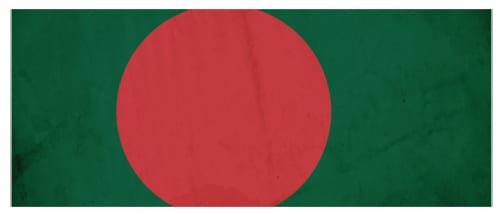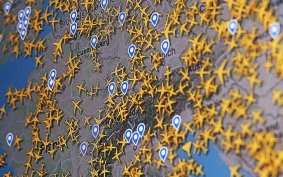Emerging Market Stars for the 21st Century Global Economy
by Fiona Deroo, International Subsidiary Banking Sales Executive – Americas, Global Treasury Solutions, Bank of America Merrill Lynch and Dick Sherrod, Treasury Practitioner Executive, Global Business Solutions, Bank of American Merrill Lynch
Everyone wants to be at the front end of the curve, whether that’s launching a new product or entering a new market. Early mover status can be an enormous advantage. Although globalisation and the consequent adoption of more open markets policies is a macro trend that is unlikely to reverse any time soon, we must face the reality that there are still just a finite number of new geographies to tap.
But that doesn’t mean today’s global enterprises lack enticing new market opportunities. On the contrary, one needs to look no further than the BRIC nations (Brazil, Russia, India and China) as an example of how potential becomes reality in a very short period of time. These countries have emerged as engines of growth for many of the world’s most successful businesses. Virtually every Fortune 1000 company and countless aspiring middle-market companies have a well-developed BRIC strategy by now.
Naturally, this begs the question: who’s next? What nations offer the most intriguing and greatest potential to evolve into coveted new business locations? In late 2005, a group of 11 countries — Bangladesh, Egypt, Indonesia, Iran, South Korea, Mexico, Nigeria, Pakistan, The Philippines, Turkey and Vietnam—was flagged as offering enormous potential. These countries hold much promise and opportunity for the entrepreneurs embedded within every organisation. Moreover, the speed at which change is now occurring in these countries has never been greater.
The common thread
At first blush these 11 nations appear to have very little common ground at all. It’s a mélange that spans the globe and covers both sides of the International Date Line. After double-checking the map, we see that this country group touches four continents and includes members from Latin America, the Middle East and North Africa, West Africa, Far Eastern Europe, and Central and Southeast Asia. If one takes into account religion, language and political structure, there might be even less commonality.
Sign up for free to read the full article
Register Login with LinkedInAlready have an account?
Login
Download our Free Treasury App for mobile and tablet to read articles – no log in required.
Download Version Download Version


























